Insulator Detection Method in Inspection Image Based on Improved Faster R-CNN
Abstract
:1. Introduction
2. Description of Problem
2.1. Insulator Detection with Different Aspect Ratios and Different Scales
2.2. Insulator Detection Under Mutual Occlusion
3. Insulator Detection Method Based on Improved faster R-CNN
3.1. Construction of Transmission and Transformation Insulation Equipment Detection Database
3.2. Framework of Method
3.3. Anchor Generation Method Improvement
3.4. NMS Improvements
4. Experimental Results and Analysis
4.1. Detection Experiment of Insulators with Different Aspect Ratios
4.2. Detection Experiment of Insulators with Different Scales
4.3. Detection Experiment of Insulators Under Mutual Occlusion
4.4. Comparison Experiment with Other R-CNN Object Detection Models
4.5. Quantitative Analysis on Experimental Results
5. Conclusions
Author Contributions
Funding
Conflicts of Interest
References
- Wang, M.; Du, Y.; Zhang, Z.R. Study on power transmission lines inspection using unmanned aerial vehicle and image recognition of insulator defect. J. Electron. Meas. Instrum. 2015, 26, 1862–1869. [Google Scholar]
- Huang, X.B.; Liu, X.H.; Zhang, W. Classification and identification method of aerial insulator based on red-blue difference and improved K-means algorithm. High Volt. Technol. 2018, 44, 1528–1534. [Google Scholar]
- Huang, X.O.; Li, J.Q.; Zhang, Y.; Zhang, F. The recognition and detection technology of ice-covered insulators under complex environment. High Volt. Eng. 2017, 43, 891–899. [Google Scholar]
- Tong, W.G.; Yuan, J.S.; Li, B.S. Application of Image Processing in Patrol Inspection of Overhead Transmission Line by Helicopter. Power Syst. Technol. 2010, 34, 204–208. [Google Scholar]
- Huang, X.N.; Zhang, Z.L. A Method to Extract Insulator Image from Aerial Image of Helicopter Patrol. Power Syst. Technol. 2010, 34, 194–197. [Google Scholar]
- Tao, G.; Fengxiang, C.; Wei, W.; Ping, S.; Lei, S.; Tianzhu, C. Electric insulator detection of UAV images based on depth learning. In Proceedings of the IEEE 2017 2nd International Conference on Power and Renewable Energy (ICPRE), Chengdu, China, 20–23 September 2017; pp. 37–41. [Google Scholar]
- Krizhevsky, A.; Sutskever, I.; Hinton, G.E. Imagenet classification with deep convolutional neural networks. In Proceedings of the Advances in Neural Information Processing Systems, Lake Tahoe, NV, USA, 3–6 December 2012; pp. 1097–1105. [Google Scholar]
- Zhao, Z.; Xu, G.; Qi, Y.; Liu, N.; Zhang, T. Multi-patch deep features for power line insulator status classification from aerial images. In Proceedings of the IEEE 2016 International Joint Conference on Neural Networks (IJCNN), Vancouver, BC, Canada, 24–29 July 2016; pp. 3187–3194. [Google Scholar]
- Girshick, R. Fast R-CNN. In Proceedings of the IEEE International Conference on Computer Vision (ICCV), Araucano Park, Chile, 11–18 December 2015; pp. 1440–1448. [Google Scholar]
- Chen, Q.; Yan, B.; Ye, R.; Zhou, X.J. Insulator detection and recognition of explosion fault based on convolutional neural networks. J. Electron. Meas. Instrum. 2017, 31, 942–953. [Google Scholar]
- Ren, S.; He, K.; Girshick, R.; Sun, J. Faster R-CNN: towards real-time object detection with region proposal networks. In Proceedings of the International Conference on Neural Information Processing Systems (NIPS), Palais des congrès de Montréal, Montreal, QC Canada, 7–12 December 2015; pp. 91–99. [Google Scholar]
- Wang, W.G.; Tian, B.; Liu, Y.; Liu, L.; Li, J.X. Study on the Electrical Devices Detection in UAV Images based on Region Based Convolutional Neural Networks. J. Geo-Inf. Sci. 2017, 19, 256–263. [Google Scholar]
- Ma, L.; Xu, C.; Zuo, G.; Bo, B. Detection Method of Insulator Based on Faster R-CNN. In Proceedings of the IEEE 2017 7th Annual International Conference on CYBER Technology in Automation, Control, and Intelligent Systems (CYBER), Sheraton Princess Kaiulani, HI, USA, 31 July–4 August 2017; pp. 1410–1414. [Google Scholar]
- Li, J.F.; Wang, Q.R.; Li, M. Image recognition of power equipment combined with deep learning and random forest. High Volt. Eng. 2017, 43, 3705–3711. [Google Scholar]
- Li, S.M.; Lei, G.Q.; Fan, R. Depth Map Super-resolution Reconstruction Based on Convolutional Neural Network. Acta Opt. Sin. 2017, 37, 1210002. [Google Scholar]
- Fu, W.B.; Sun, T.; Liang, L.; Yan, B.W.; Fan, F.X. A Review of the Principles and Applications of Deep Learning. Comput. Sci. 2018, 45, 11–15. [Google Scholar]
- Deng, L. The MNIST Database of Handwritten Digit Images for Machine Learning Research. IEEE Signal Process. Mag. 2012, 29, 141–142. [Google Scholar] [CrossRef]
- Deng, J.; Dong, W.; Socher, R.; Li, L.-J.; Li, K.; Li, F.-F. ImageNet: A large-scale hierarchical image database. In Proceedings of the Computer Vision and Pattern Recognition (CVPR), Xiami Beach, FL, USA, 20–25 June 2009; pp. 248–255. [Google Scholar]
- Everingham, M.; Gool, L.V.; Williams, C.K.I.; Winn, J.; Zisserman, A. The Pascal Visual Object Classes (VOC) Challenge. Int. J. Comput. Vis. 2010, 88, 303–338. [Google Scholar] [CrossRef]
- Fu, B.; Jiang, Y.; Wang, H.G.; Jiang, W.D.; Song, Q.F.; Wang, C.C.; Chu, Q.L.; Zhao, Y.P. Intelligent Diagnosis System for Patrol Check Images of Power Transmission Lines. CAAI Trans. Intell. Syst. 2016, 11, 70–77. [Google Scholar]
- Xu, G.Z. Research on Infrared Image Positioning Method of Insulator Based on Depth Feature Expression; North China Electric Power University: Beijing, China, 2017. [Google Scholar]
- Simonyan, K.; Zisserman, A. Very Deep Convolutional Networks for Large-Scale Image Recognition. In Proceedings of the International Conference on Learning Representations (ICLR), San Diego, CA, USA, 7–9 May 2015; pp. 1–14. [Google Scholar]
- Dai, J.F.; Li, Y.; He, K.M.; Sun, J. R-FCN: Object Detection via Region-based Fully Convolutional Networks. In Proceedings of the Conference and Workshop on Neural Information Processing Systems (NIPS), Barcelona, Spain, 5–10 December 2016; pp. 379–387. [Google Scholar]
- Liu, W.; Anguelov, D.; Erhan, D.; Szegedy, C.; Reed, S.; Fu, C.; Berg, A.C. SSD: Single Shot MultiBox Detector. In Proceedings of the European Conference on Computer Vision (ECCV), Amsterdam, The Netherlands, 8–16 October 2016; pp. 21–37. [Google Scholar]

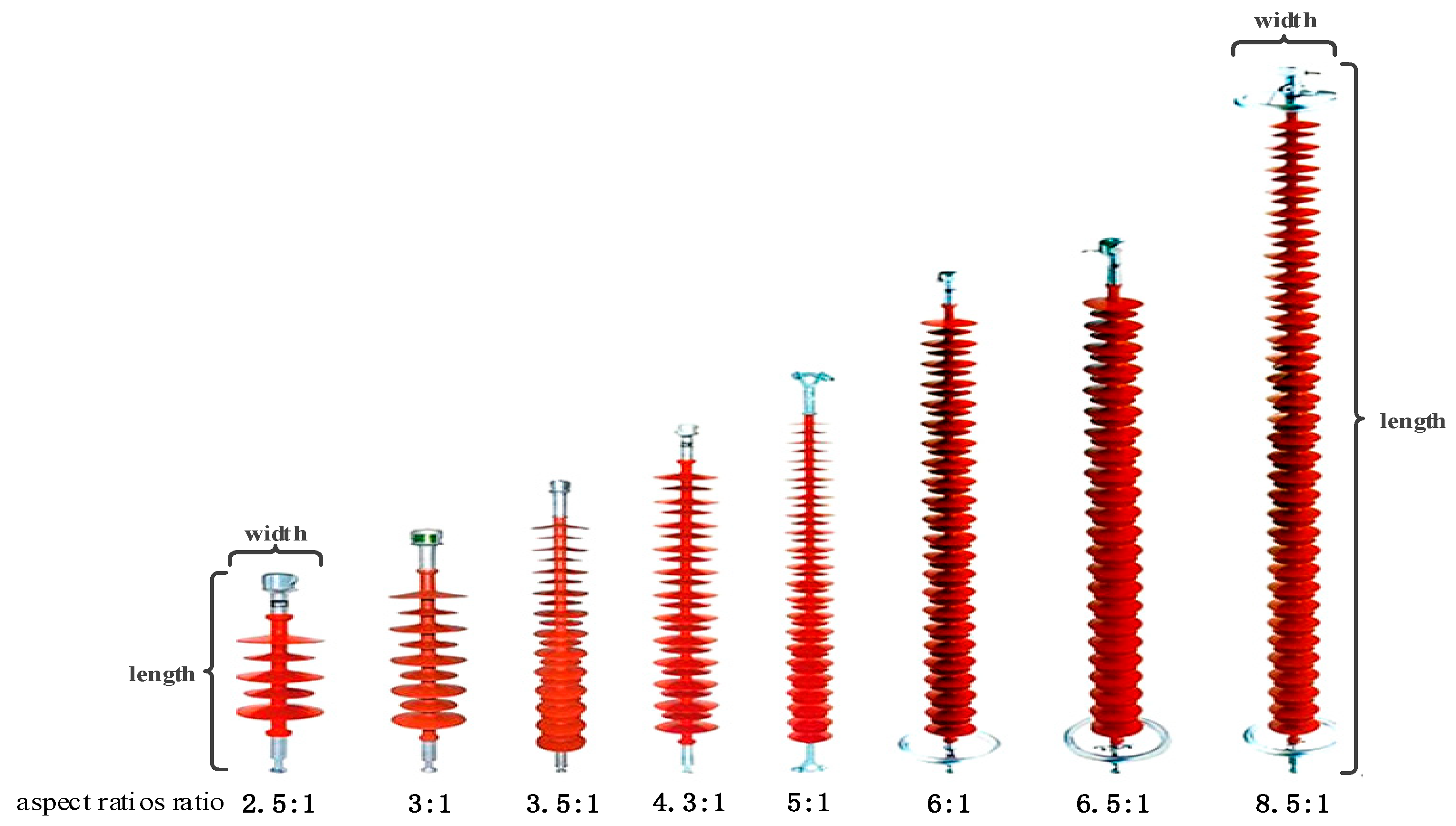
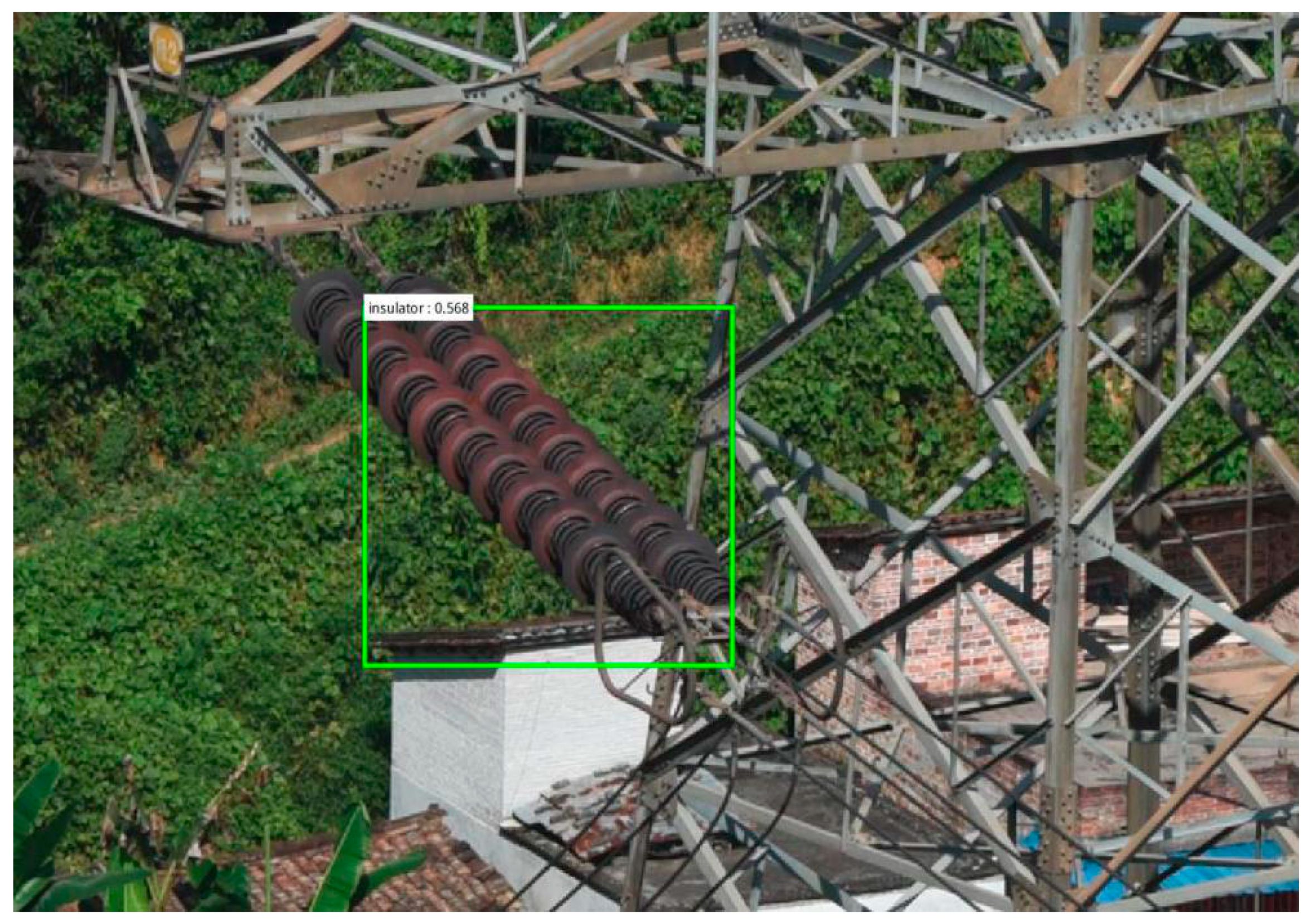
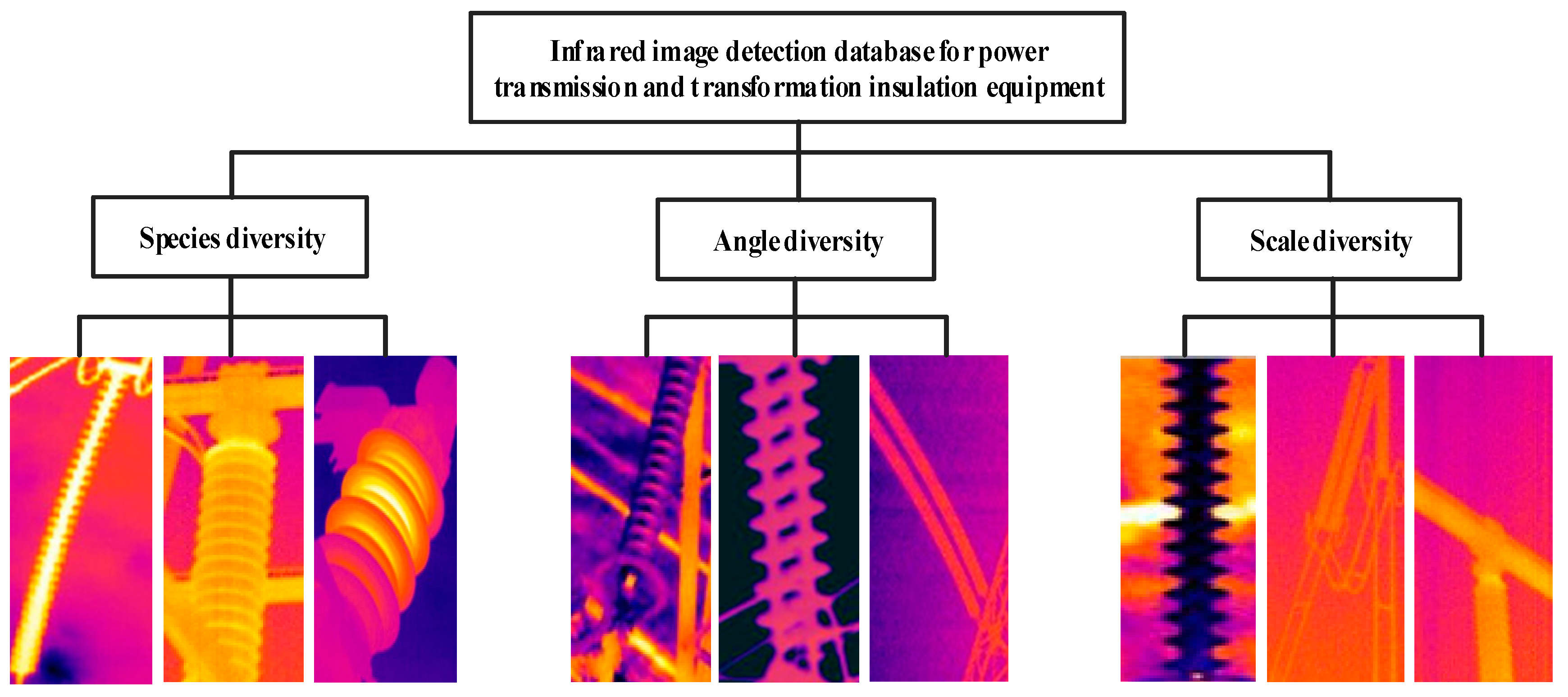

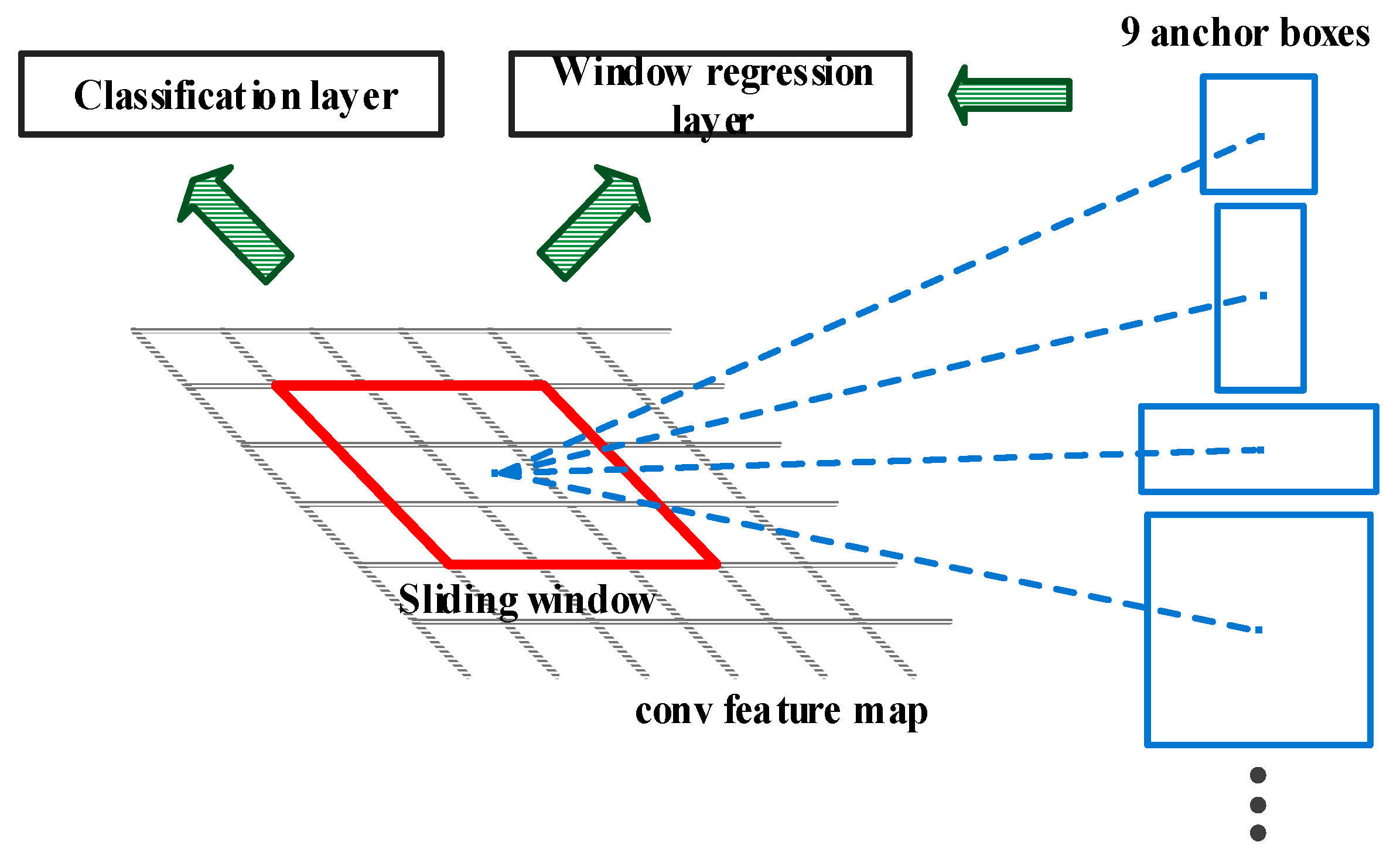
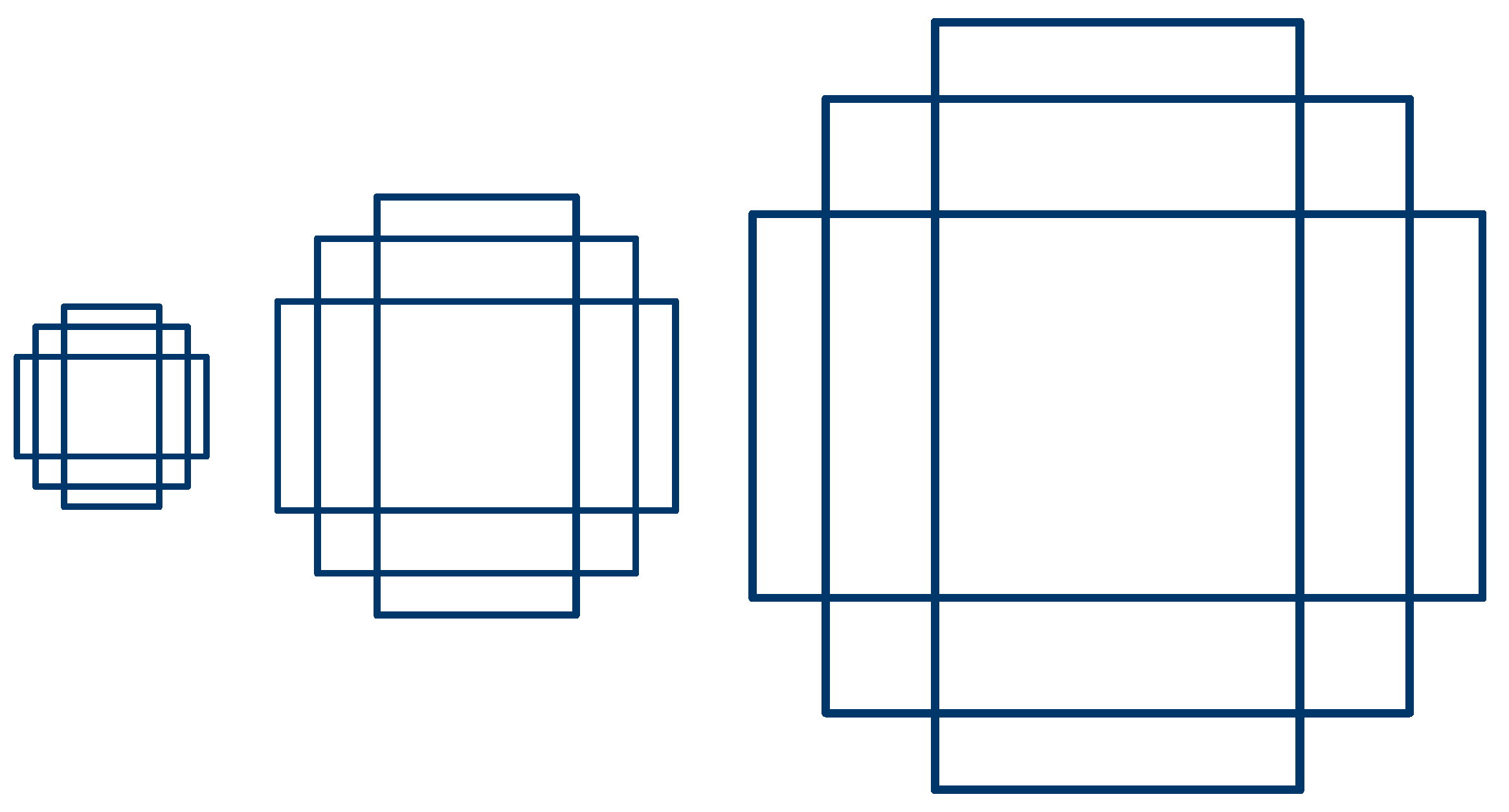
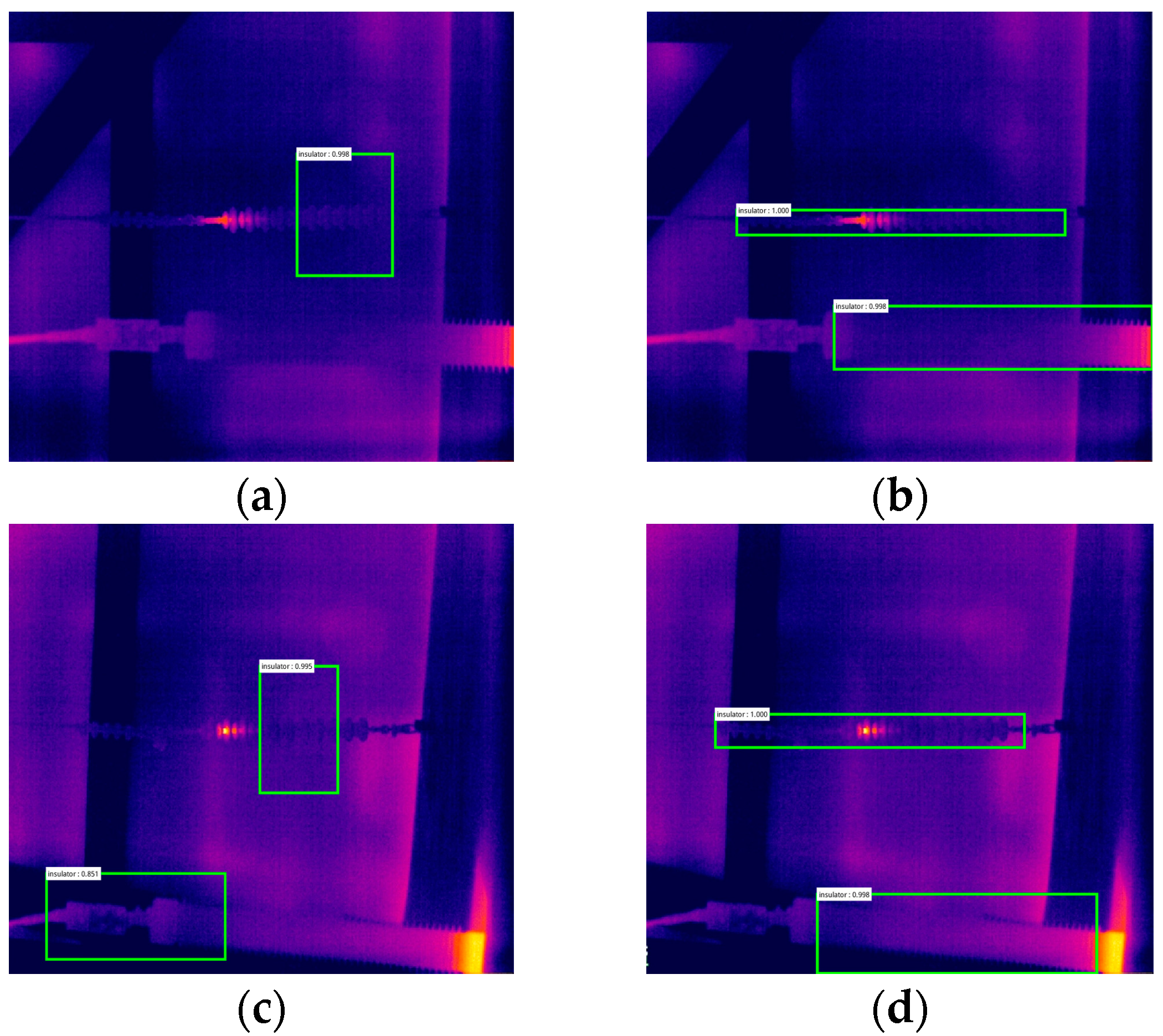
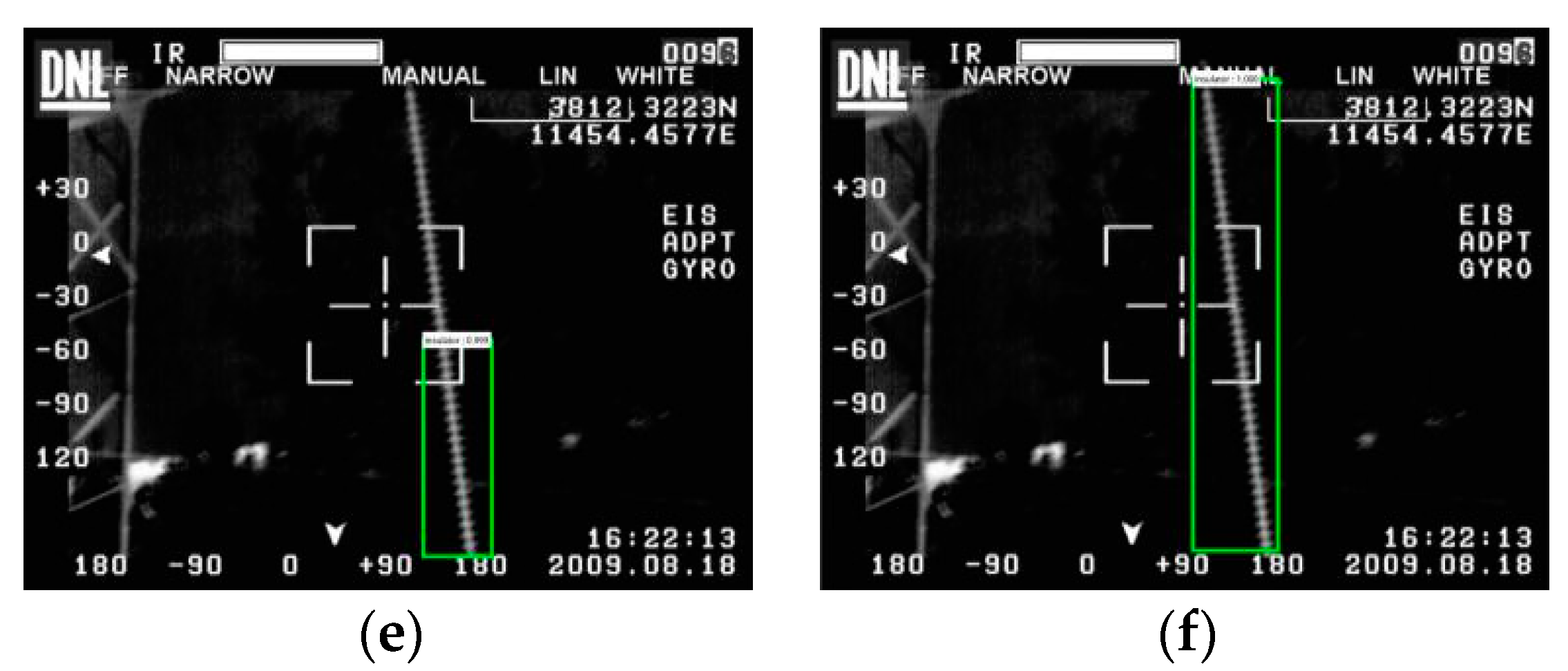
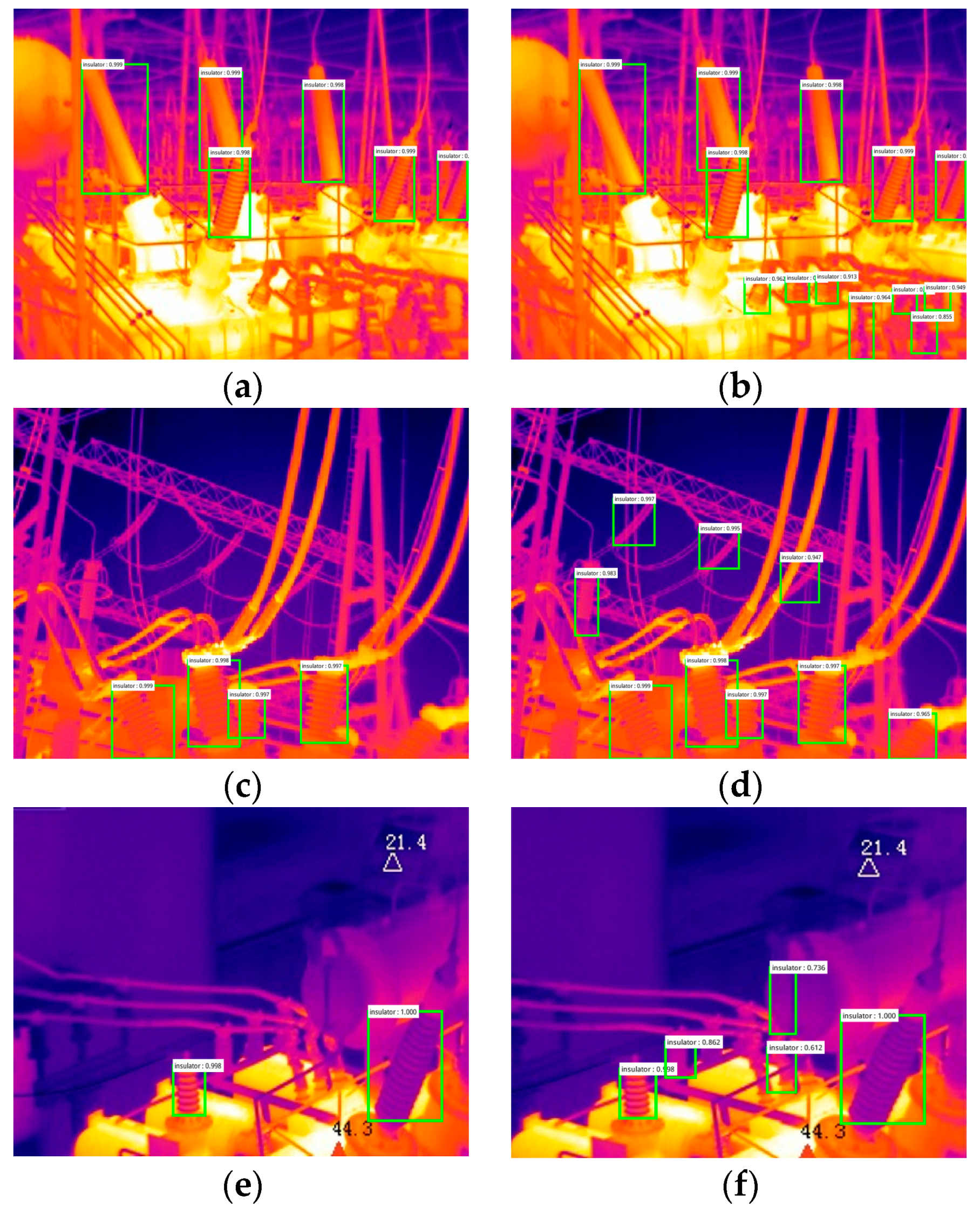
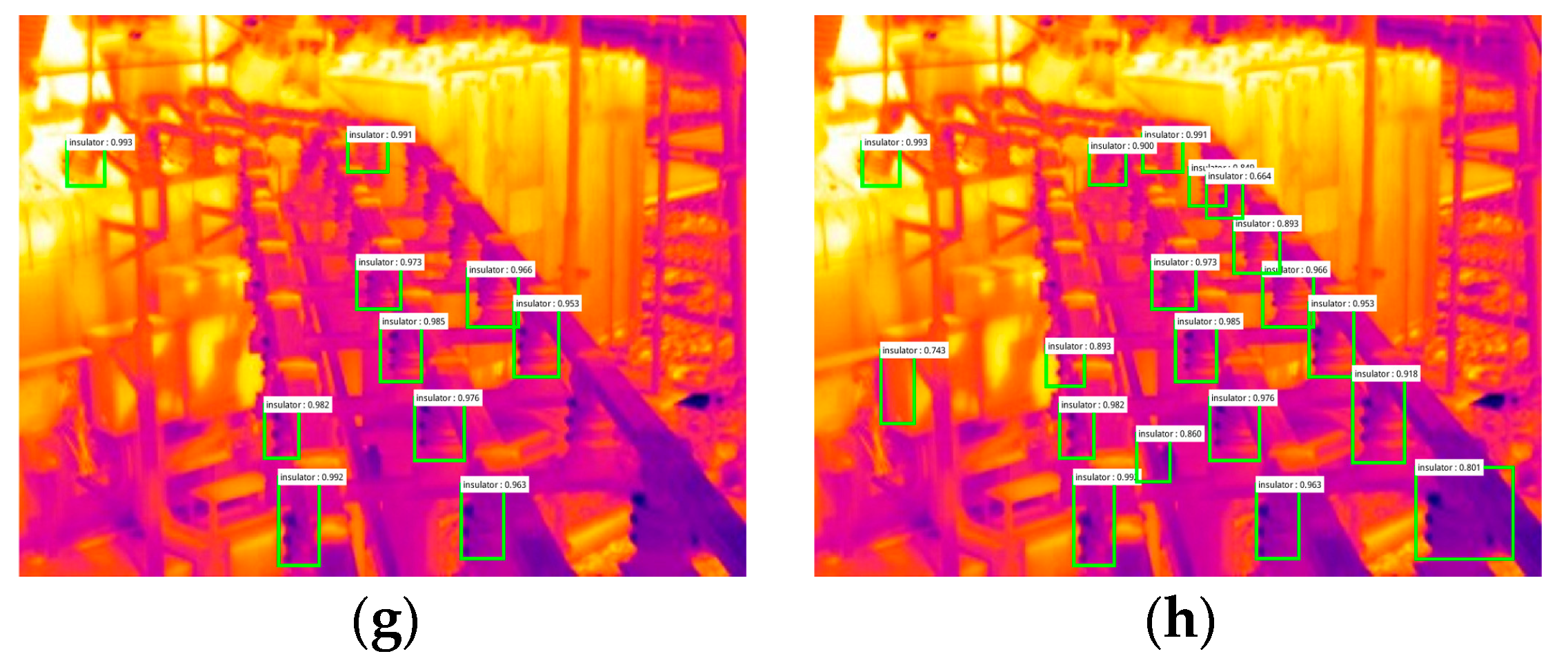
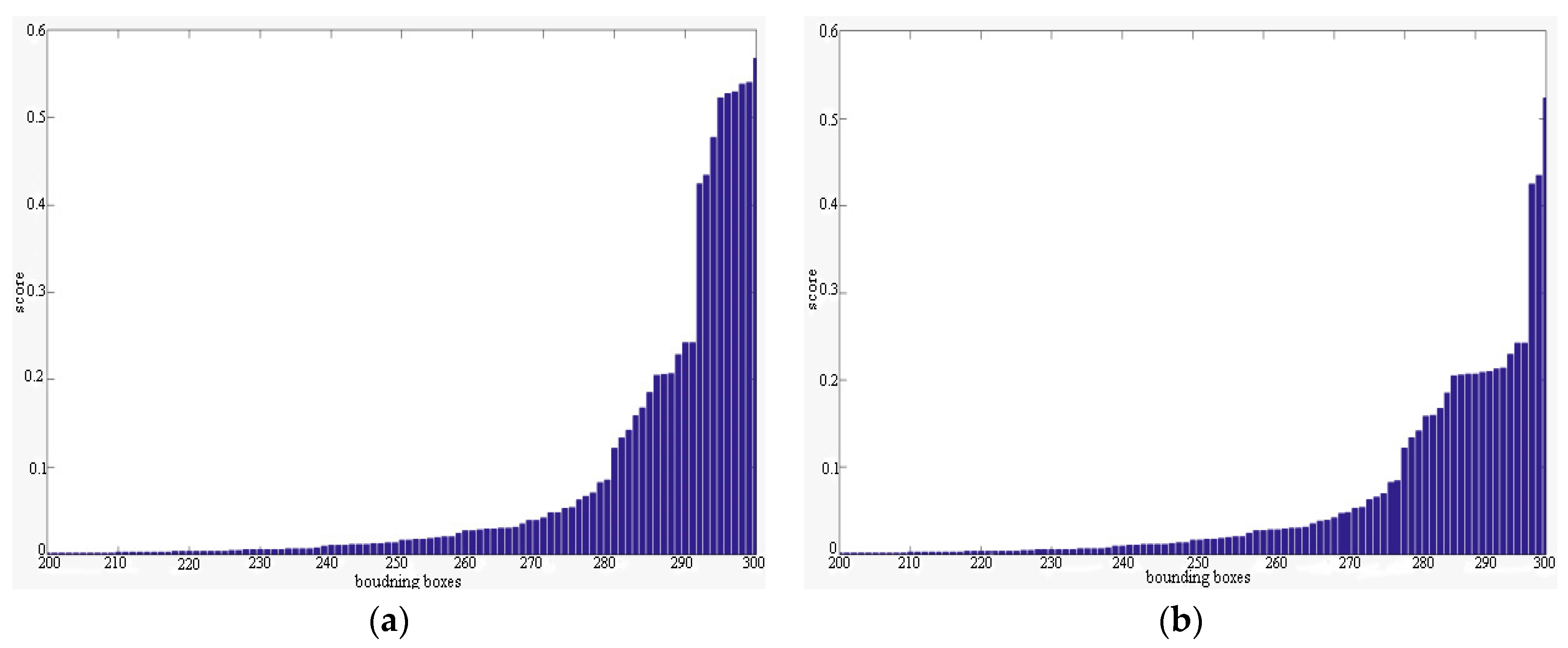


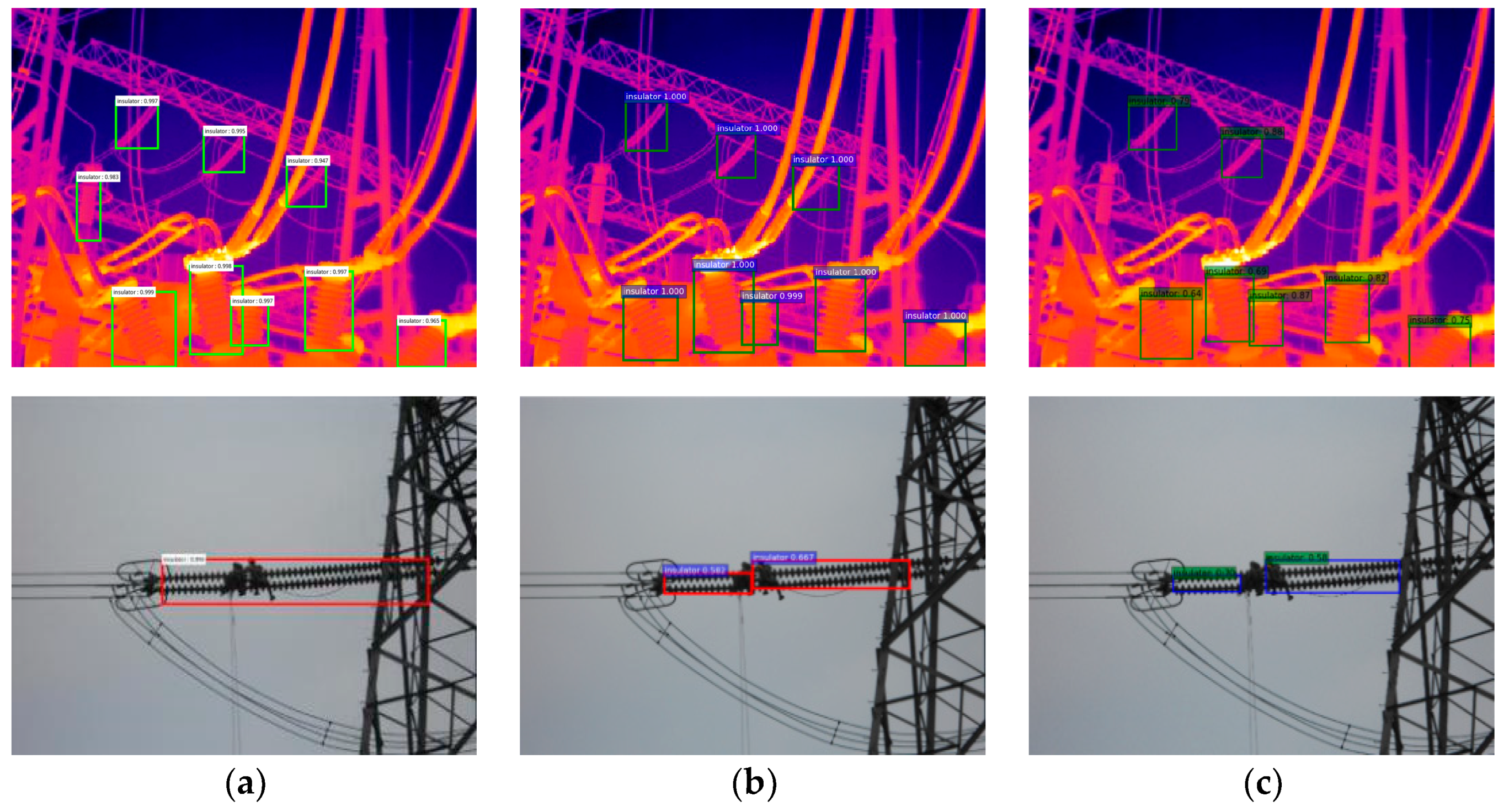

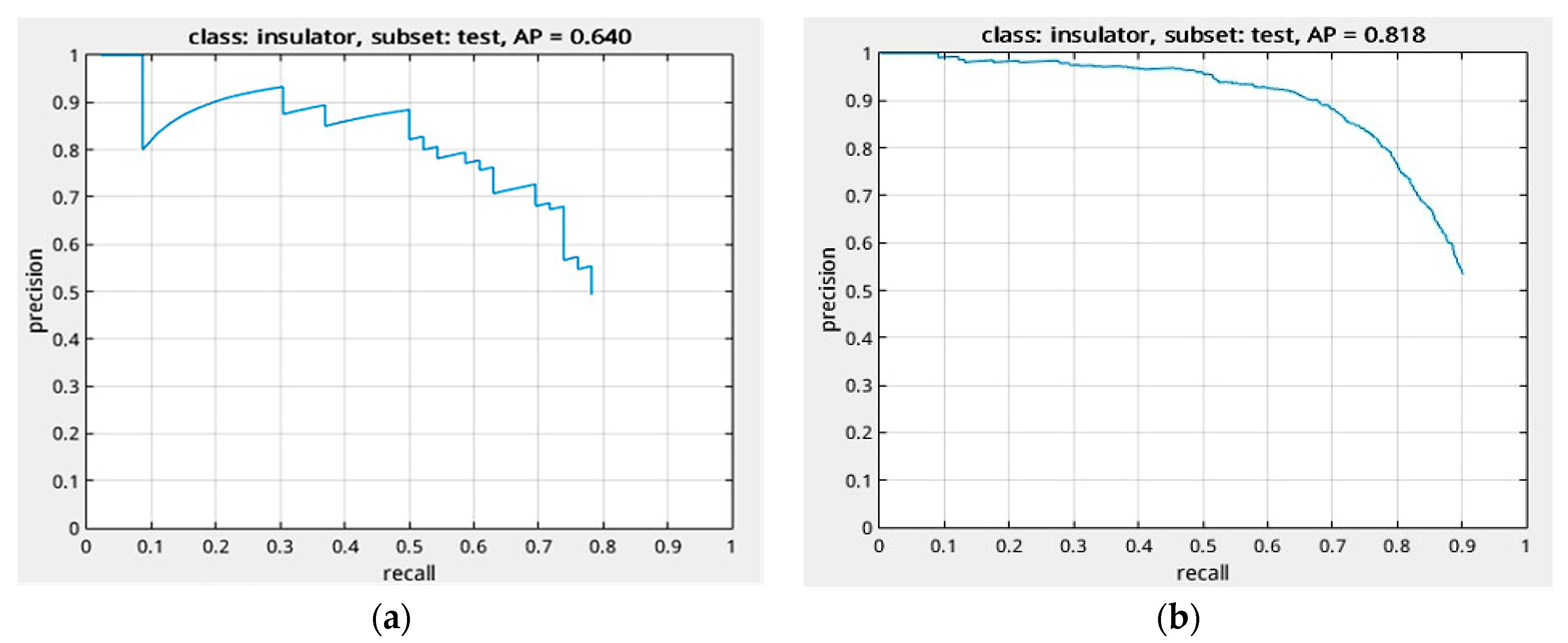
© 2019 by the authors. Licensee MDPI, Basel, Switzerland. This article is an open access article distributed under the terms and conditions of the Creative Commons Attribution (CC BY) license (http://creativecommons.org/licenses/by/4.0/).
Share and Cite
Zhao, Z.; Zhen, Z.; Zhang, L.; Qi, Y.; Kong, Y.; Zhang, K. Insulator Detection Method in Inspection Image Based on Improved Faster R-CNN. Energies 2019, 12, 1204. https://doi.org/10.3390/en12071204
Zhao Z, Zhen Z, Zhang L, Qi Y, Kong Y, Zhang K. Insulator Detection Method in Inspection Image Based on Improved Faster R-CNN. Energies. 2019; 12(7):1204. https://doi.org/10.3390/en12071204
Chicago/Turabian StyleZhao, Zhenbing, Zhen Zhen, Lei Zhang, Yincheng Qi, Yinghui Kong, and Ke Zhang. 2019. "Insulator Detection Method in Inspection Image Based on Improved Faster R-CNN" Energies 12, no. 7: 1204. https://doi.org/10.3390/en12071204
APA StyleZhao, Z., Zhen, Z., Zhang, L., Qi, Y., Kong, Y., & Zhang, K. (2019). Insulator Detection Method in Inspection Image Based on Improved Faster R-CNN. Energies, 12(7), 1204. https://doi.org/10.3390/en12071204




